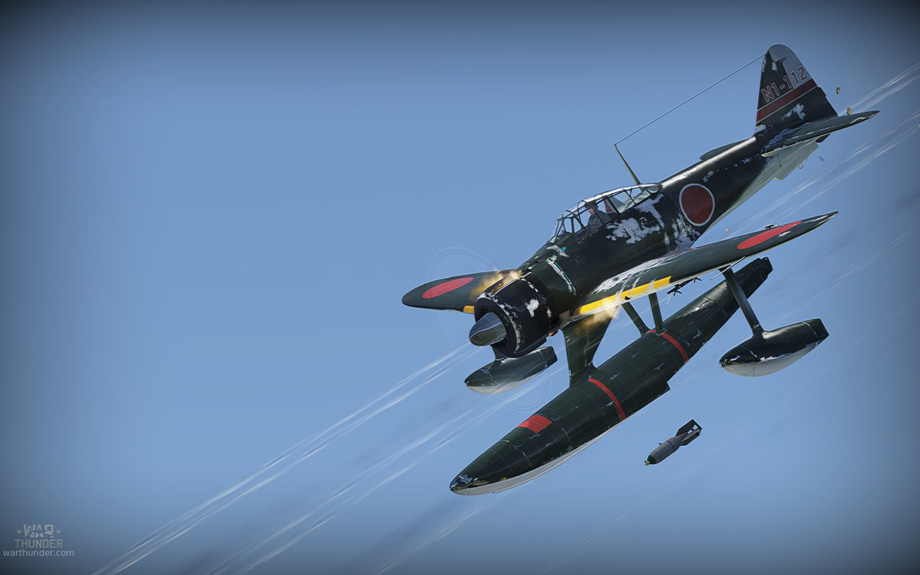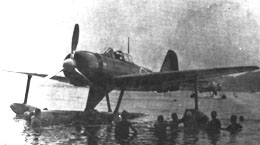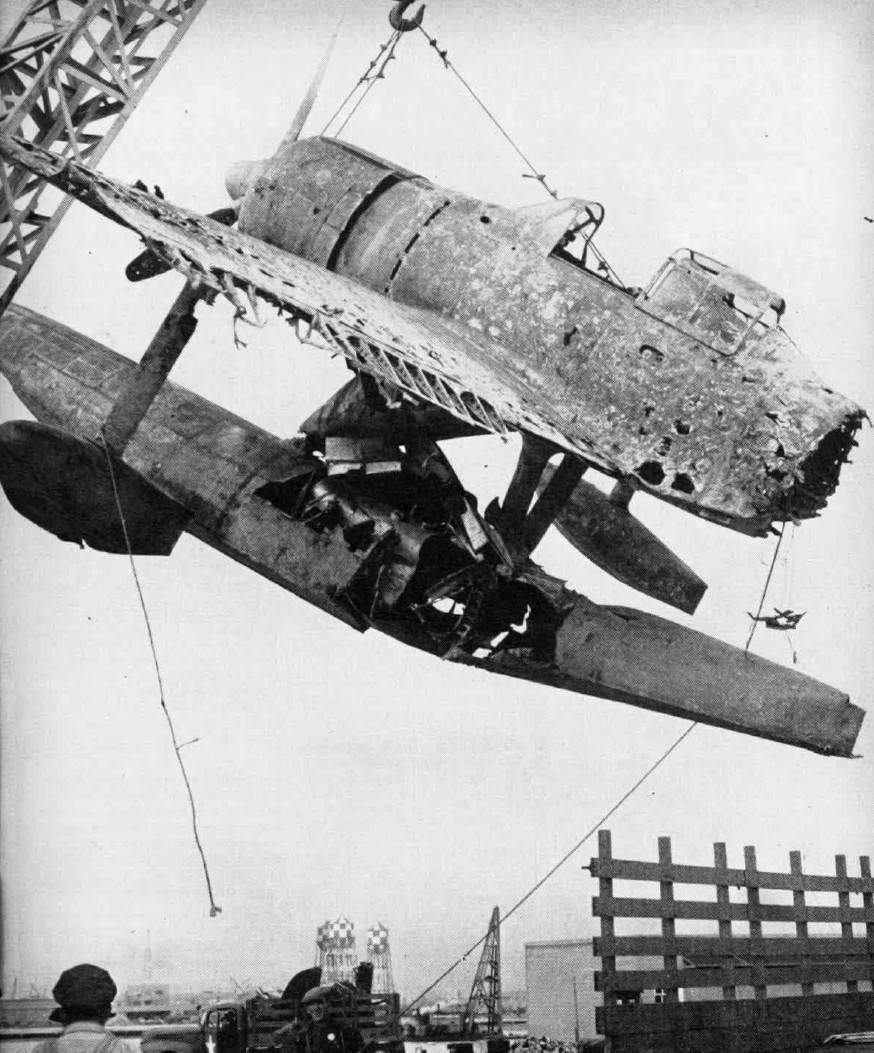
- For PC
- For MAC
- For Linux
- OS: Windows 7 SP1/8/10 (64 bit)
- Processor: Dual-Core 2.2 GHz
- Memory: 4GB
- Video Card: DirectX 10.1 level video card: AMD Radeon 77XX / NVIDIA GeForce GTX 660. The minimum supported resolution for the game is 720p.
- Network: Broadband Internet connection
- Hard Drive: 17 GB
- OS: Windows 10/11 (64 bit)
- Processor: Intel Core i5 or Ryzen 5 3600 and better
- Memory: 16 GB and more
- Video Card: DirectX 11 level video card or higher and drivers: Nvidia GeForce 1060 and higher, Radeon RX 570 and higher
- Network: Broadband Internet connection
- Hard Drive: 95 GB
- OS: Mac OS Big Sur 11.0 or newer
- Processor: Core i5, minimum 2.2GHz (Intel Xeon is not supported)
- Memory: 6 GB
- Video Card: Intel Iris Pro 5200 (Mac), or analog from AMD/Nvidia for Mac. Minimum supported resolution for the game is 720p with Metal support.
- Network: Broadband Internet connection
- Hard Drive: 17 GB
- OS: Mac OS Big Sur 11.0 or newer
- Processor: Core i7 (Intel Xeon is not supported)
- Memory: 8 GB
- Video Card: Radeon Vega II or higher with Metal support.
- Network: Broadband Internet connection
- Hard Drive: 95 GB
- OS: Most modern 64bit Linux distributions
- Processor: Dual-Core 2.4 GHz
- Memory: 4 GB
- Video Card: NVIDIA 660 with latest proprietary drivers (not older than 6 months) / similar AMD with latest proprietary drivers (not older than 6 months; the minimum supported resolution for the game is 720p) with Vulkan support.
- Network: Broadband Internet connection
- Hard Drive: 17 GB
- OS: Ubuntu 20.04 64bit
- Processor: Intel Core i7
- Memory: 16 GB
- Video Card: NVIDIA 1060 with latest proprietary drivers (not older than 6 months) / similar AMD (Radeon RX 570) with latest proprietary drivers (not older than 6 months) with Vulkan support.
- Network: Broadband Internet connection
- Hard Drive: 95 GB

A6M2-N 802nd Kokutai, camouflage created by gudkarma | download here
One of the most iconic naval fighters of all time and in the opening phases of the war also one of the most feared fighter aircraft in the world, the Mitsubishi A6M ‘Zero’ is now an aviation legend. Possessing an incredibly successful combination of agility, phenomenal range and firepower, the Zero did have its limitations but was still considered by many to be the best naval fighter of the early 1940s. So, given such a superlative piece of engineering genius, what would possess anybody to rivet on a weighty, cumbersome and ugly set of seaplane floats to this masterpiece?
 |
| A6M2-N operated during the Guadalcanal campaign. |
This is precisely what the Nakajima Aircraft Company were tasked to do in 1941. A large float was added beneath the fighter’s fuselage, which as well as allowing the aircraft to operate from water also housed another 330 liter fuel tank. In addition to this, a stabilizing float was added beneath each wing. These three floats had an obvious and negative effect on the aircraft’s aerodynamic properties, and a new vertical tail plane was fitted with an increased surface area to help to compensate for this. As a result of these rather drastic changes to the aircraft’s original design, a significant amount of strengthening and stiffening was also required. The final effect was a fighter which was not only slower and possibly less maneuverable, but also had a shorter range due to the added drag and weight of the new components; the additional fuel tank replaced the Zero’s drop tank, it did not augment it.
So why bother in the first place? A previous article discussed the massive tactical flexibility of being able to operate small seaplanes from warships which were not fitted with flight decks. However, this was not the original plan when the Imperial Japanese Navy submitted their proposal to Nakajima. Even with the impressive range of the original A6M and many of the Japanese Navy’s aircraft, the Pacific Ocean is the largest expanse of sea across the entire globe, and a truly huge operating area to try to cover. Even with an impressive fleet of aircraft carriers, the Japanese Navy could not field fighters across the entire region.
Added to this, the combined might of both Japanese army and naval aviation were very limited in the choice of islands they could operate land based fighters from. Enough room was needed for a runway, as well as a workable surface and slope. The new A6M2-N, codenamed ‘Rufe’ by the allies, followed on with a tradition already established in Japanese military aviation: using seaplanes from areas which land based aircraft could not operate from. Be it sheltered coastlines or lagoons, if the water was calm enough the Rufe could take off and land. There was no need for runways or carriers, just smooth waters and enough space to pitch tents for aircrew and ground crews.
The Rufe entered service with the Japanese Navy in 1942; in addition to the prototype another 326 examples entered service until production ceased in September 1943. Perhaps more would have been produced, but the Rufe was never given prioritization due to work on a purpose designed seaplane fighter meant to replace it – the Rufe was intended as a stopgap measure only.
 |
| A6M2-N floatplane wreck at a U.S. base |
From the Aleutians to the Solomans and to the Marshall Islands, the Rufe was far from a rare oddity rarely encountered; well known by allied aircrew in certain areas of the Pacific, this adaptable combat aircraft not only became a regular and unpredictable menace to allied bombers, it was also used to attack light shipping and ground targets with its cannons and two 60kg bombs.
Accounts differ as to the Rufe’s effectiveness in air-to air combat. Whilst there is no arguing over the loss of speed, maneuverability is another matter entirely: some post war historians claim that the Rufe was only useful against enemy bombers and stood little chance against fighters due to its decreased performance whereas other authors remark that the Rufe’s agility was comparable to that of the Zero. Either way, the Rufe is recorded as having shot down allied fighters so it was never dismissed or taken lightly.
However, despite some notable successes the Rufe’s combat record was chequered. At a time when the more capable A6M2 was struggling against a newer breed of allied fighters, the float-hindered Rufe was in an even worse position. On top of this, the Rufe and its seaplane brethren were vulnerable to a threat which more conventional aircraft had some degree of protection from: when violent tropical storms tore through the Pacific, most aircraft could be struck below the decks of carriers or given some shelter in hangars – seaplanes stood little chance, and as many as 10% of all Rufes were destroyed by storms.
Still, it was far better to have a fighter on hand with some limitations than no fighters in the area at all, and not only was the Rufe able to break up enemy bomber formations it was also able to claim a respectable number of kills. NA2/C Eitoku Matsunaga shot down 8 aircraft whilst flying the Rufe and its replacement – the Kawanishi N1K1. Warrant Officer Kiyomi Katsuki claimed 16 kills during the Second World War; seven of these were scored whilst flying seaplane fighters.
Overall, the seaplane fighter was a viable concept which was only truly exploited by the Japanese Navy, but even with its limitations it did achieve some success and prove its worth. So, next time you see a rather bizarre modification of any famous and successful aircraft in War Thunder, and are left wondering: ‘why on earth did they do that?’ then remember – there are some very important factors in war which can never have their true importance highlighted on a computer, and there is normally a very good reason behind doing something very drastic to an otherwise beautiful aircraft. But in this case, that still won’t help you much with base capture in arcade mode…
About The Author
 |
Mark Barber, War Thunder Historical Consultant Mark Barber is a pilot in the British Royal Navy's Fleet Air Arm. His first book was published by Osprey Publishing in 2008; subsequently, he has written several more titles for Osprey and has also published articles for several magazines, including the UK's top selling aviation magazine 'FlyPast'. His main areas of interest are British Naval Aviation in the First and Second World Wars and RAF Fighter Command in the Second World War. He currently works with Gaijin Entertainment as a Historical Consultant, helping to run the Historical Section of the War Thunder forums and heading up the Ace of the Month series. |



